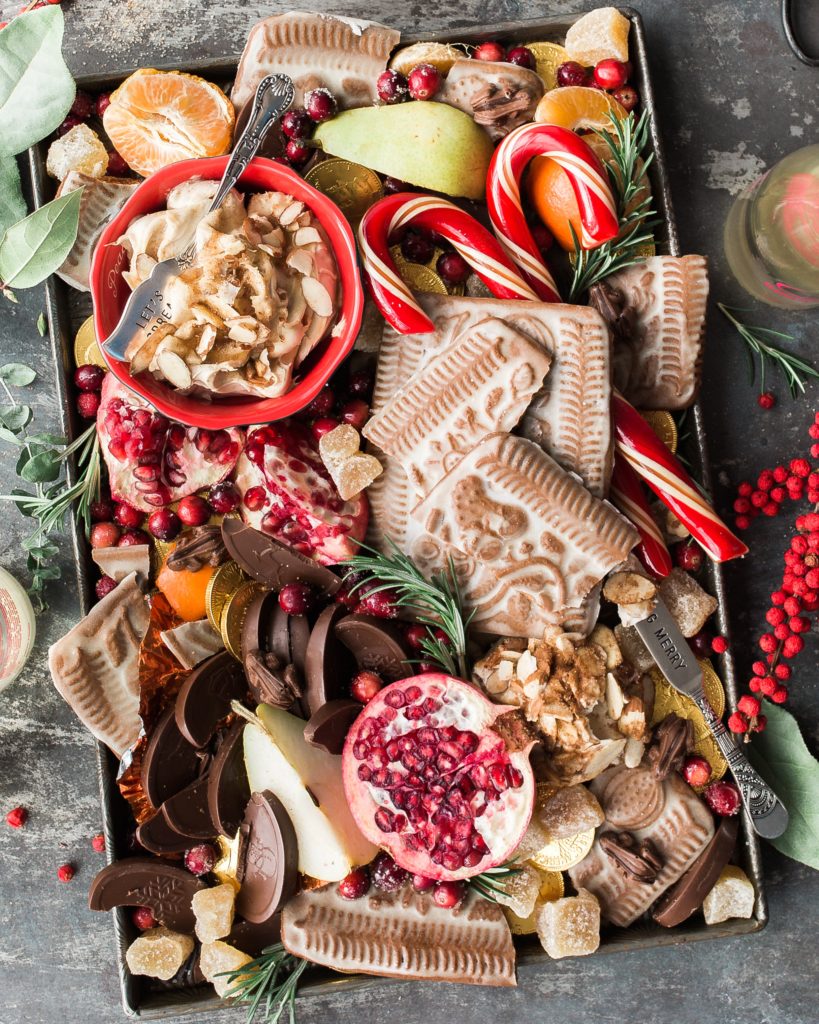Forward by Dr. Rich:
This week’s article features a special guest writer. I have known Claire Chewning for many years. Her knowledge and passion for nutrition and healthy living are unsurpassed. I hope you find her insight and recommendations for navigating the holiday season helpful and applicable. Feel free to contact Claire with questions or more help living healthfully in an unhealthy world.
Gentle Nutrition for the Holidays
Before your eyes jump to the next paragraph, pause for a moment and think of a few of your happiest memories of holidays past.
Got ‘em? Great. Now, I’m not a mind reader, but I’m willing to guess that I’m not the only one whose happiest holiday memories involve food.
As a Registered Dietitian, I believe that food is fuel and protection against disease, but it’s also so much more than that. It’s family, friends, and memories. It’s enjoyment and connection in shared, nourishing experiences—and the upcoming holiday season serves as the annual reminder of these fundamental truths.
In my opinion, eating healthy this holiday season is a matter of balancing the enjoyment of food while also honoring the health of your body, mind, and spirit.
Sounds easy, right? It can be! However, this unique balance requires a shift in mindset that is often, as they say, easier said than done.
This shift in how you view and talk about nutrition is what I call “Gentle Nutrition,” or, nutrition that informs, but never guilts, restricts, or shames—because who wants those feelings around the holidays?
I’ve dedicated my career as a dietitian to teaching the practice of Gentle Nutrition, because I believe it is that powerful—and I want to teach you three ways in which you can apply a few concepts of Gentle Nutrition to your life for a happier, healthier holiday season.
- Step away from holiday food guilt.
 The moralization of food is the downfall of a healthy, balanced relationship with food. This holiday season, remember that there is no such thing as “bad,” “good,” “clean,” or “dirty” food (unless, of course, the food has actual dirt on it).
The moralization of food is the downfall of a healthy, balanced relationship with food. This holiday season, remember that there is no such thing as “bad,” “good,” “clean,” or “dirty” food (unless, of course, the food has actual dirt on it).
Food is just food—different collections and ratios of proteins, carbohydrates, fats, water, vitamins and minerals. No food is inherently evil, and no food can single handedly trigger the collapse of a healthy lifestyle.
Of course it is important to be inclusive of nutrient-dense foods like fruits, vegetables, and whole grains! However, excessive food guilt and thus restriction of holiday “treats” that you truly enjoy is not a recipe for holiday success.
Remove guilt-inducing labels from food to more freely enjoy this holiday season spending quality time with loved ones, not fretting over “good” and “bad” foods.
- Honor your hunger & satiety.
Okay, so you’ve given yourself permission to truly enjoy your food this holiday season without guilt. However, you’re slightly worried that you might “overindulge” in all those tasty treats and end up feeling physically uncomfortable.
If you’ve ever been overstuffed before (haven’t we all?), you can probably attest to the fact that no one likes that feeling. Oftentimes, though, it seems inevitable around this time of the year.
A powerful tool that I teach all of my clients to help avoid this feeling is called The Hunger Awareness Scale. This scale rests on your ability to tune into your internal cues before, during, and after eating.
A 0 on the scale indicates the popularized term “hanger” that should most definitely be avoided to ensure a happy holiday for everyone involved.
A 10 on the scale represents that infamous post-turkey, pumpkin pie, “I need a nap,” Thanksgiving feeling.
Rather than straying to the extremes of the scale, I teach my clients to bring a non-judgmental awareness to every eating occasion. This is called mindful eating and encourages each individual to slow down and remove distractions from mealtimes in order to pay attention to internal hunger and satiety cues.
By tuning inward, you can more easily recognize when physical signs of hunger start to arise—stomach growling, lightheadedness, shakiness, food starts to smell extra enticing, etc. These signs represent a 3-4 on the Hunger Scale and tell you, “Hey there, it’s time to find something to eat!”
Once you begin eating, make a conscious effort to slow down. Visually assess your plate for different colors, textures, and aromas. Taste and savor each bite. Put your fork down periodically to assess how you’re feeling.
Constantly checking in with yourself allows you to recognize when you’ve reached a 7-8 on the scale. This place indicates that you’re satisfied, but not stuffed. You could take a few more bites, but doing so may put you in a place of physical discomfort.
This is the place where you practice decisively ending your meal. This could look something like putting your fork down, placing your napkin over the plate, or gently pushing the plate away from you.
Not to worry, however, because if you’re truly practicing stepping away from food guilt and honoring your hunger, you can return to that delicious holiday food at any later time.
- Consider Water, Fiber & Protein
Part of honoring your hunger means avoiding walking into those holiday gatherings at a “zero” on the hunger scale. How? By fueling yourself with quality foods before arriving at holiday gatherings.
It’s no secret that typical holiday foods aren’t high in fiber from fresh fruits and vegetables, and usually contain more fats and sugars that protein. Not to mention that water isn’t usually the main beverage of choice!
In your effort to follow tip #1 and step away from holiday guilt, it’s important to remind yourself that there’s nothing wrong with this—it’s simply tradition to be enjoyed!
However, it doesn’t mean that your body doesn’t still need adequate water, fiber, and protein throughout the holiday season. In fact, these three food components are some of the most filling and satisfying.
Plan ahead of your festivities by drinking a bottle of water before you go and bringing a bottle to keep in the car for the ride home. Fuel up beforehand with small snacks that contain fiber from fruits and/or vegetables and protein from lean sources.
Some good examples include Greek yogurt with berries, an apple with a low fat cheese stick, a banana and a protein shake, an omelet with spinach and tomatoes, or carrots wrapped in turkey slices.
Looking for a festive, protein-packed smoothie? Give this one a try!
Pumpkin Protein Smoothie
- 1/4 c pumpkin puree
- 1/2 banana, frozen
- 1 serving vanilla protein powder of choice
- 1/2 c skim or plant-based milk
- 1/4 c plain kefir
- 1 tsp. chia seeds
- Ground cinnamon to taste
- Ground nutmeg to taste
- Water to loosen consistency as needed
Combine all ingredients in a blender and pulse until combined. Texture should be thick and smooth. Use small amounts of water to blend & loosen until your desired consistency is achieved! Pour into a glass or to-go container. Garnish with cinnamon and a sprinkle of chia seeds, if desired.
Claire Chewning
Registered Dietitian, Yoga Teacher
Yours Chewly Nutrition, LLC
www.ClaireChewning.com
Facebook: Yours Chewly Nutrition
Instagram: @clairechewning






